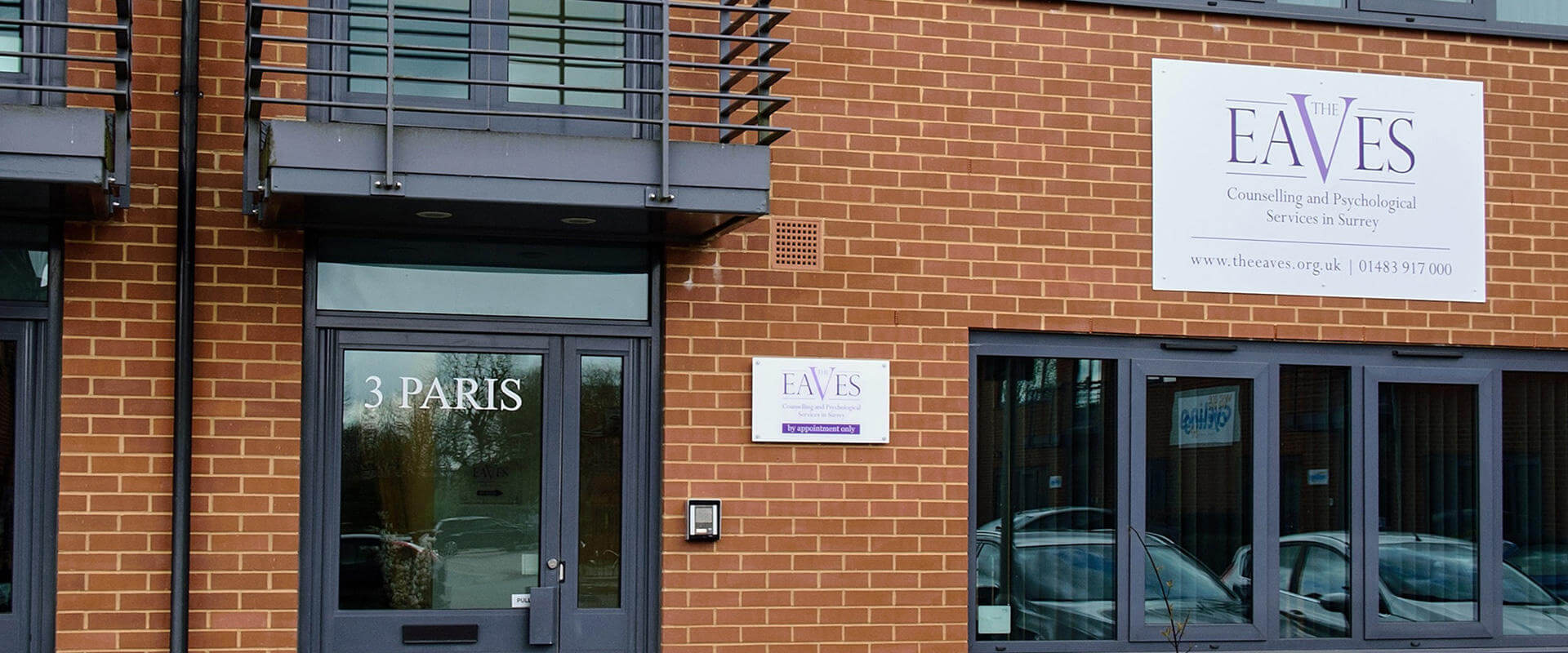By Dawn Henley, Psychotherapist, Counsellor & Psychosexual Therapist
Our minds have an incredible ability to shape our reality, but sometimes they can also become our own worst enemy. Automatic Negative Thoughts (ANTs) are like pesky little pests that infiltrate our minds, distorting our perception and fueling anxiety, self-doubt, and unhappiness. In this blog, we will delve into the world of automatic negative thoughts, exploring their impact on our mental well-being, understanding their origins, and most importantly, learning effective strategies to challenge and overcome them.
Understanding Automatic Negative Thoughts:
Automatic Negative Thoughts are the spontaneous and involuntary negative interpretations or beliefs that pop up in our minds, often without conscious effort. They tend to be repetitive, self-critical, and reflect a distorted view of ourselves, others, and the world around us. ANTs can take various forms, such as:
1. All-or-Nothing Thinking: Seeing things in black and white with no middle ground. For example, thinking that if you’re not perfect, you’re a complete failure.
2. Overgeneralization: Drawing broad conclusions based on limited evidence. For instance, believing that one failure means you will fail at everything.
3. Catastrophizing: Magnifying the importance or implications of a situation, expecting the worst-case scenario to happen.
4. Personalization: Taking things personally and assuming blame even when it’s not warranted.
5. Mind Reading: Assuming you know what others are thinking, usually assuming negative thoughts or judgments.
Origins of Automatic Negative Thoughts:
1. Early Experiences: Negative thoughts can stem from early life experiences, such as childhood trauma, neglect, criticism, or a lack of emotional support. These experiences shape our beliefs about ourselves and the world, leading to negative thinking patterns.
2. Cognitive Biases: Our brains are wired to focus on negative information, which can lead to a heightened sensitivity to potential threats and a tendency to interpret ambiguous situations negatively. Cognitive biases, such as the negativity bias and confirmation bias, reinforce automatic negative thoughts.
3. Social and Cultural Factors: Societal pressures, comparison to others, and cultural norms can contribute to the formation of negative self-perceptions. Unrealistic beauty standards, societal expectations, and the constant comparison on social media can fuel negative thoughts.
4. Learned Behavior: If we grew up surrounded by negative thinking patterns or had significant influences who engaged in negative self-talk, we may adopt similar patterns unconsciously. Learned behavior plays a role in shaping our automatic thoughts.
Strategies to Challenge and Overcome Automatic Negative Thoughts:
1. Recognize and Identify ANTs: Develop self-awareness and pay attention to your thoughts. Notice when negative thoughts arise and identify the specific cognitive distortion at play. Journaling can be helpful in capturing and analyzing your automatic negative thoughts.
2. Question the Validity of ANTs: Challenge the accuracy of your negative thoughts by examining the evidence supporting or refuting them. Ask yourself if there is a more balanced or realistic perspective. Consider alternative explanations for the situation or thought.
3. Replace Negative Thoughts with Positive or Neutral Alternatives: Once you’ve identified the negative thought, consciously replace it with a more positive or neutral thought. This practice helps rewire your brain and develop a more optimistic mindset. For example, “I’m not good enough.”
1. Pause and Acknowledge the Thought: Take a moment to pause and recognize that you’ve had a negative thought. Acknowledge that it is just a thought and not necessarily a reflection of reality or the absolute truth.
2. Challenge the Thought: Question the validity of the thought by examining the evidence. Ask yourself, “Is it true that I’m not good enough?” Look for counterexamples and instances where you have succeeded or received positive feedback. Remind yourself of your strengths, accomplishments, and the times when you have felt capable and competent.
3. Reframe the Thought: Replace the negative thought with a more realistic and empowering perspective. Instead of saying, “I’m not good enough,” reframe it to something like, “I have unique strengths and qualities that make me valuable” or “I am constantly learning and growing, and that is enough.”
4. Practice Self-Compassion: Be kind and compassionate towards yourself. Remind yourself that nobody is perfect, and it’s okay to have moments of self-doubt. Treat yourself with understanding and support, just as you would offer to a friend in a similar situation.
Remember, dealing with negative thoughts is an ongoing process. Be patient and gentle with yourself as you work to challenge and reframe them. With time and consistent practice, you can cultivate a more positive and empowering thought pattern.
The Eaves Counselling and Psychology
Find your practitioner in five easy steps
Are you a business owner or would like more support from your job? The Eaves’ own Employee Assistance Programme (EAP) service for small to medium businesses is easy, affordable and gives staff instant access to our large team of in-house Counsellors and Psychologists at a time and date to suit them. Contact us to find out more about our EAP service
If you need immediate support please find our list of useful contacts














